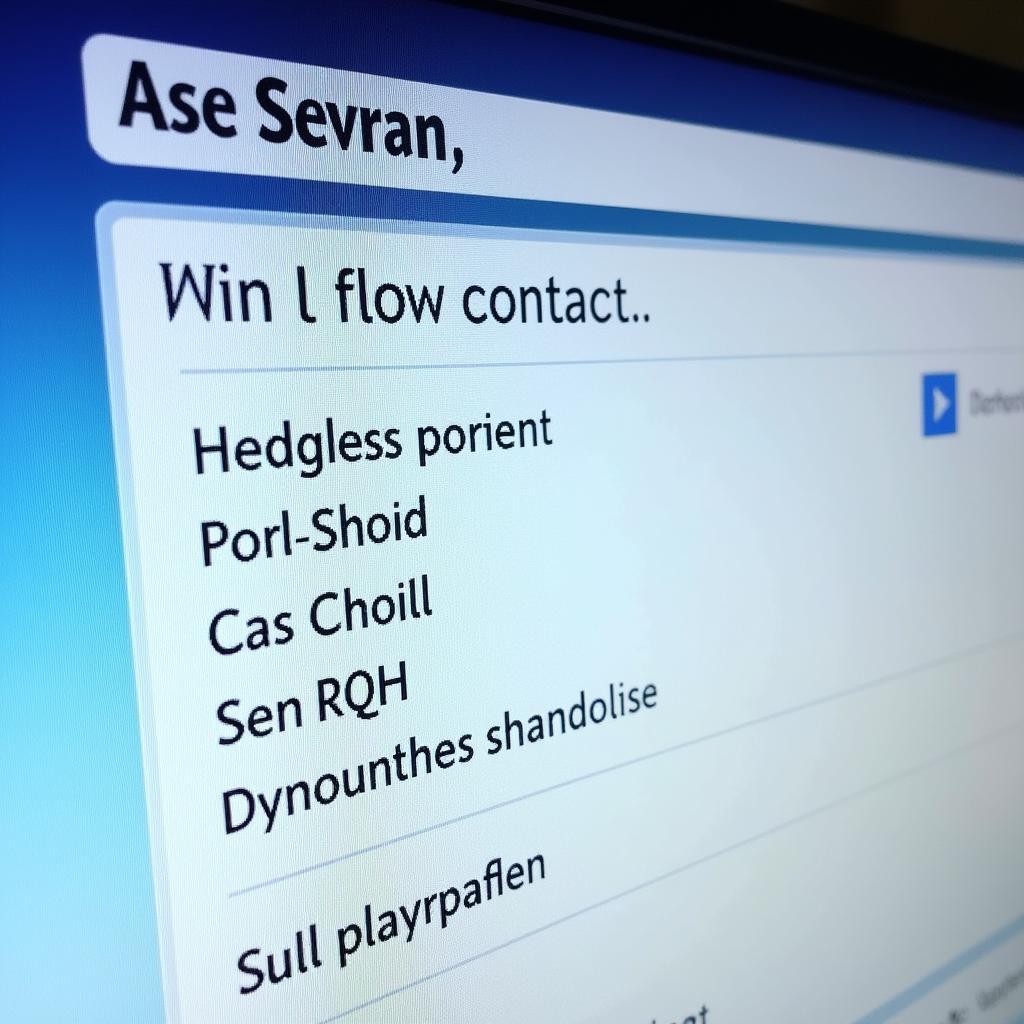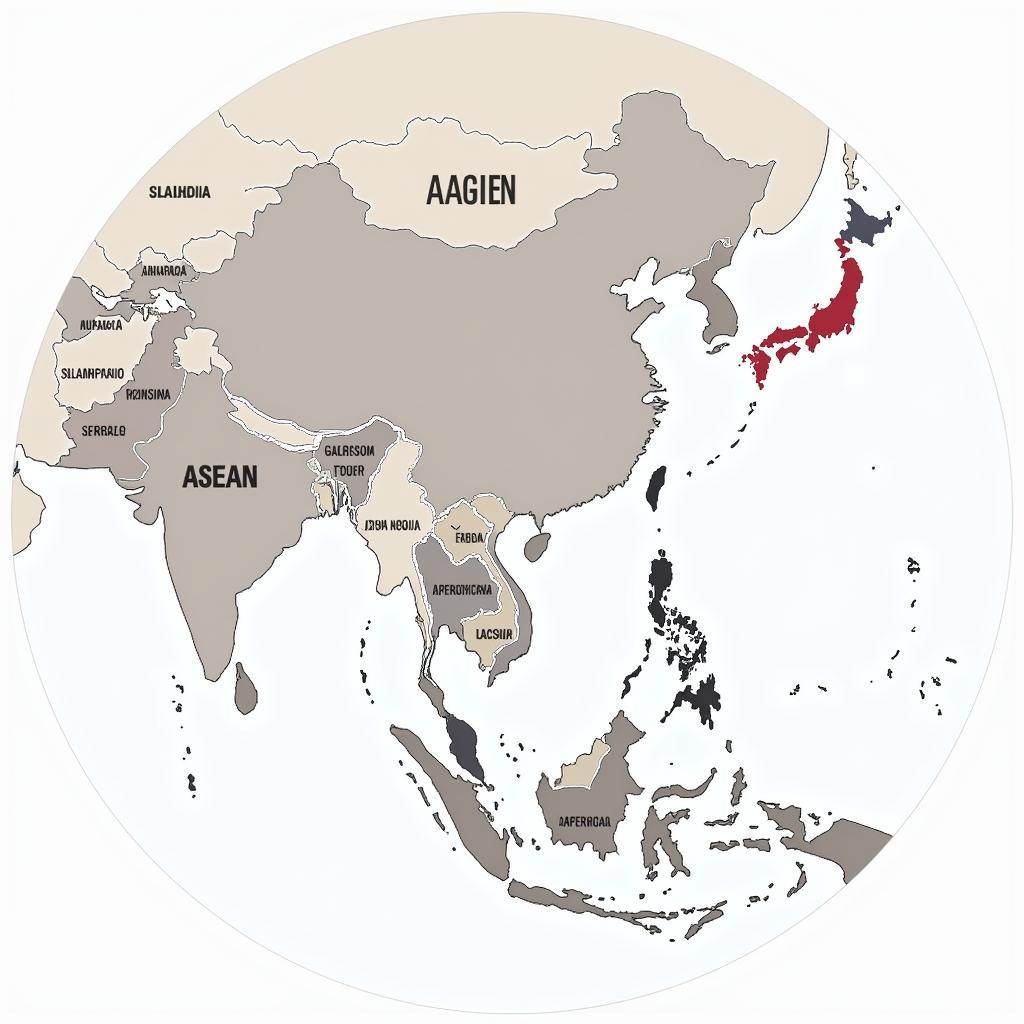The Association of Southeast Asian Nations (ASEAN) is a regional organization that comprises ten countries with diverse cultures and economies. Understanding the currencies used in each of these countries can be valuable for travelers, businesses, and anyone seeking to gain a deeper understanding of the region.
This article provides a comprehensive overview of the currencies used in the ten ASEAN countries. We will explore each currency’s history, characteristics, exchange rates, and tips for using them during your travels or business dealings.
Understanding ASEAN Currencies: A Quick Overview
The ten ASEAN countries each have their own unique currencies, reflecting their individual economic histories and developments. Here’s a quick snapshot of these currencies:
- Brunei Darussalam: Brunei Dollar (BND)
- Cambodia: Cambodian Riel (KHR)
- Indonesia: Indonesian Rupiah (IDR)
- Lao People’s Democratic Republic: Lao Kip (LAK)
- Malaysia: Malaysian Ringgit (MYR)
- Myanmar: Myanmar Kyat (MMK)
- Philippines: Philippine Peso (PHP)
- Singapore: Singapore Dollar (SGD)
- Thailand: Thai Baht (THB)
- Viet Nam: Vietnamese Dong (VND)
Delving Deeper: Individual Currency Profiles
Let’s examine each ASEAN currency in more detail, exploring its history, current exchange rates, and other key aspects:
1. Brunei Dollar (BND)
The Brunei Dollar is pegged to the Singapore Dollar at a 1:1 ratio. This means that the two currencies are essentially interchangeable. The Brunei Dollar is a strong and stable currency, reflecting Brunei’s oil-rich economy.
Expert Insight: “The Brunei Dollar’s peg to the Singapore Dollar provides stability and confidence for businesses operating in the region.” – Dr. Sarah Lee, Economist
2. Cambodian Riel (KHR)
The Cambodian Riel is the official currency of Cambodia, although the US Dollar is widely accepted in the country, especially for larger transactions. The Cambodian Riel has been in use since 1953 and has experienced periods of fluctuation.
Expert Insight: “The Cambodian Riel’s exchange rate can be volatile, so it’s always good to check the latest rates before exchanging currency.” – Mr. Sokha Heng, Finance Expert
3. Indonesian Rupiah (IDR)
The Indonesian Rupiah is the official currency of Indonesia. It is the weakest currency in Southeast Asia and has experienced significant fluctuations in recent years. Despite its volatility, the Indonesian Rupiah is a crucial component of Indonesia’s vibrant economy.
Expert Insight: “The Indonesian Rupiah’s exchange rate is heavily influenced by global commodity prices, particularly those of oil and gas.” – Ms. Maya Dewi, Financial Analyst
4. Lao Kip (LAK)
The Lao Kip is the official currency of Laos. It is a relatively weak currency, and the Thai Baht is often used as a parallel currency in the country. The Lao Kip was introduced in 1955 and has experienced periods of both stability and volatility.
Expert Insight: “The Lao Kip is a reminder of the Lao economy’s reliance on agricultural products and tourism.” – Mr. Bounnhang Seng, Economics Professor
5. Malaysian Ringgit (MYR)
The Malaysian Ringgit is the official currency of Malaysia. It is a relatively strong currency and is traded on international markets. The Malaysian Ringgit has been in use since 1967 and has experienced periods of both appreciation and depreciation.
Expert Insight: “The Malaysian Ringgit’s strength is a reflection of Malaysia’s diversified economy and its focus on technology and innovation.” – Dr. Lim Wei-Chieh, Finance Expert
6. Myanmar Kyat (MMK)
The Myanmar Kyat is the official currency of Myanmar. It is a relatively weak currency and has experienced significant fluctuations in recent years. The Myanmar Kyat was introduced in 1989 and has been impacted by political and economic transitions.
Expert Insight: “The Myanmar Kyat’s future will likely depend on the country’s economic reforms and its ability to attract foreign investment.” – Mr. Than Tun, Economist
7. Philippine Peso (PHP)
The Philippine Peso is the official currency of the Philippines. It is a relatively stable currency and has been in use since 1949. The Philippine Peso is influenced by factors such as remittance flows and economic growth.
Expert Insight: “The Philippine Peso’s stability reflects the strong remittances from Filipinos working overseas, contributing significantly to the economy.” – Ms. Anna Santos, Financial Analyst
8. Singapore Dollar (SGD)
The Singapore Dollar is the official currency of Singapore. It is one of the strongest currencies in Southeast Asia and is traded on international markets. The Singapore Dollar has been in use since 1967 and is known for its stability.
Expert Insight: “The Singapore Dollar’s strength is a testament to Singapore’s economic success, its strategic location, and its reputation as a global financial hub.” – Dr. Tan Eng-Huat, Finance Expert
9. Thai Baht (THB)
The Thai Baht is the official currency of Thailand. It is a relatively strong currency and is traded on international markets. The Thai Baht has been in use since 1928 and is influenced by tourism and exports.
Expert Insight: “The Thai Baht’s strength is linked to Thailand’s tourism sector, which is a major contributor to the country’s GDP.” – Ms. Siriwan Chaiyaporn, Finance Expert
10. Vietnamese Dong (VND)
The Vietnamese Dong is the official currency of Vietnam. It is a relatively weak currency and has experienced periods of both stability and volatility. The Vietnamese Dong was introduced in 1978 and has been influenced by economic reforms and foreign investment.
Expert Insight: “The Vietnamese Dong is expected to appreciate in value as Vietnam continues to attract foreign investment and drive economic growth.” – Mr. Nguyen Van Toan, Economist
Tips for Managing ASEAN Currencies
Here are some practical tips for managing ASEAN currencies when traveling or doing business in the region:
- Research exchange rates: Be aware of the current exchange rates and compare rates from different money changers.
- Use ATMs for local currency: ATMs are generally the best way to get local currency.
- Carry some US Dollars: While not the official currency in most countries, US Dollars are often accepted, especially in tourist areas.
- Check for fees: Be mindful of any transaction fees associated with using credit cards or withdrawing cash.
- Negotiate prices in local currency: Where appropriate, negotiate prices in the local currency to get the best deals.
- Avoid carrying large amounts of cash: Keep your cash in a safe place and use secure methods of payment.
Conclusion
Understanding the currencies used in ASEAN countries is essential for travelers, businesses, and anyone seeking to engage with the region. Each currency reflects the individual economic realities of the ten member states. By understanding the history, current exchange rates, and other key aspects of these currencies, individuals can make informed decisions and navigate the region’s diverse financial landscape.
Frequently Asked Questions
1. What is the most stable currency in ASEAN?
The Singapore Dollar (SGD) is generally considered the most stable currency in ASEAN.
2. How do I exchange currency in ASEAN?
You can exchange currency at banks, money changers, and ATMs. It’s always a good idea to compare rates before exchanging currency.
3. What is the best way to pay for things in ASEAN?
Credit cards are widely accepted in major cities and tourist areas. However, cash is still king in many parts of the region, especially in rural areas.
4. Are there any currency restrictions in ASEAN?
Most countries in ASEAN have no restrictions on bringing or taking out currency. However, it’s always a good idea to check the latest regulations before traveling.
5. Can I use US Dollars in ASEAN?
While not the official currency, US Dollars are often accepted, especially in tourist areas. However, it’s best to have some local currency for smaller transactions.
6. What are some good resources for getting current exchange rates?
Several online resources provide updated exchange rates, including Google Finance, XE.com, and Bloomberg.
7. How can I avoid high transaction fees when using my credit card in ASEAN?
Look for credit cards with no foreign transaction fees and notify your bank before traveling to avoid any potential issues.

